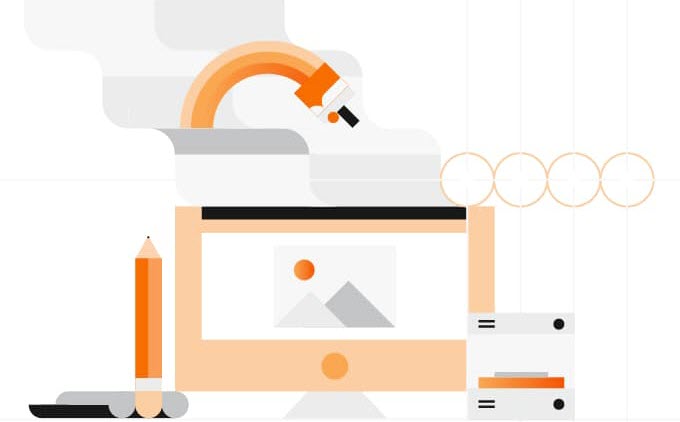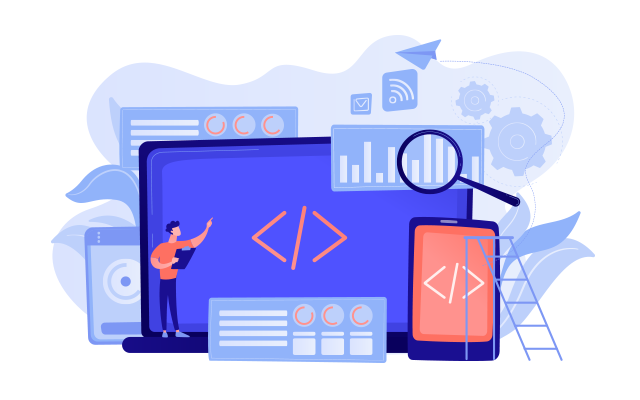The sixth episode of cloud native game solution series introduces the global delivery and operation and maintenance management of game servers based on ACK One + OKG.

This article highlights Bastionhost as an essential platform for streamlining cloud-based operations and maintenance (O&M), emphasizing its ability to offer efficient centralized management.

The article describes the evolution of Nacos and introduces Nacos Controller project as a bridge between Nacos and Kubernetes.

The Domain Name System (DNS) traffic analysis feature can be enabled to troubleshoot daily DNS resolution issues. This helps achieve efficient O&M.

This article addresses the memory black hole problem in containers and introduces a comprehensive solution to the containerization problems by ACK.

This article briefly explains the principle of the Adaptive-Concurrency Filter in Envoy.

This article provides a detailed overview of the new features introduced in Grafana 10.

This article introduces Alibaba Cloud Intelligent Advisor and its benefits and use scenarios.

This article explains how to exceed the maximum limit of 128 executions and achieve concurrent execution with the for-each node provided by DataWorks.

This article briefly explains the importance of Serverless architecture and discusses six application scenarios with examples.

This short article discusses how Alibaba Cloud Intelligent Advisor can ensure businesses’ cloud resources and application architectures are always ali...

This article gives a rundown on O&M and component installation for the registered cluster of ACK One (with examples).

This article introduces cluster cost analysis and describes how to set up cost analysis for a Container Service for Kubernetes (ACK) registered cluster.

Part 1 of this series provides an interpretation from the perspective of O&M and runtime.

This article discusses upgrades in SysOM version 2.0 and the importance of achieving one-stop migration assessment, migration implementation, and post-migration optimization through tools.

This article focuses on the solution to network optimization in cloud-edge scenarios.

This article focuses on KubeVela's observability system and introduces the observability challenges and KubeVela's solutions in the cloud-native era.

This article introduces TapTap and explores how the company uses Serverless technology.

This article introduces profiling and explains how to conduct it in the cloud environment.

This article is an excerpt from Gao Qingrui’s speech entitled 'The Way to Quickly Build Low-Cost and High-Elasticity Cloud Applications'.
